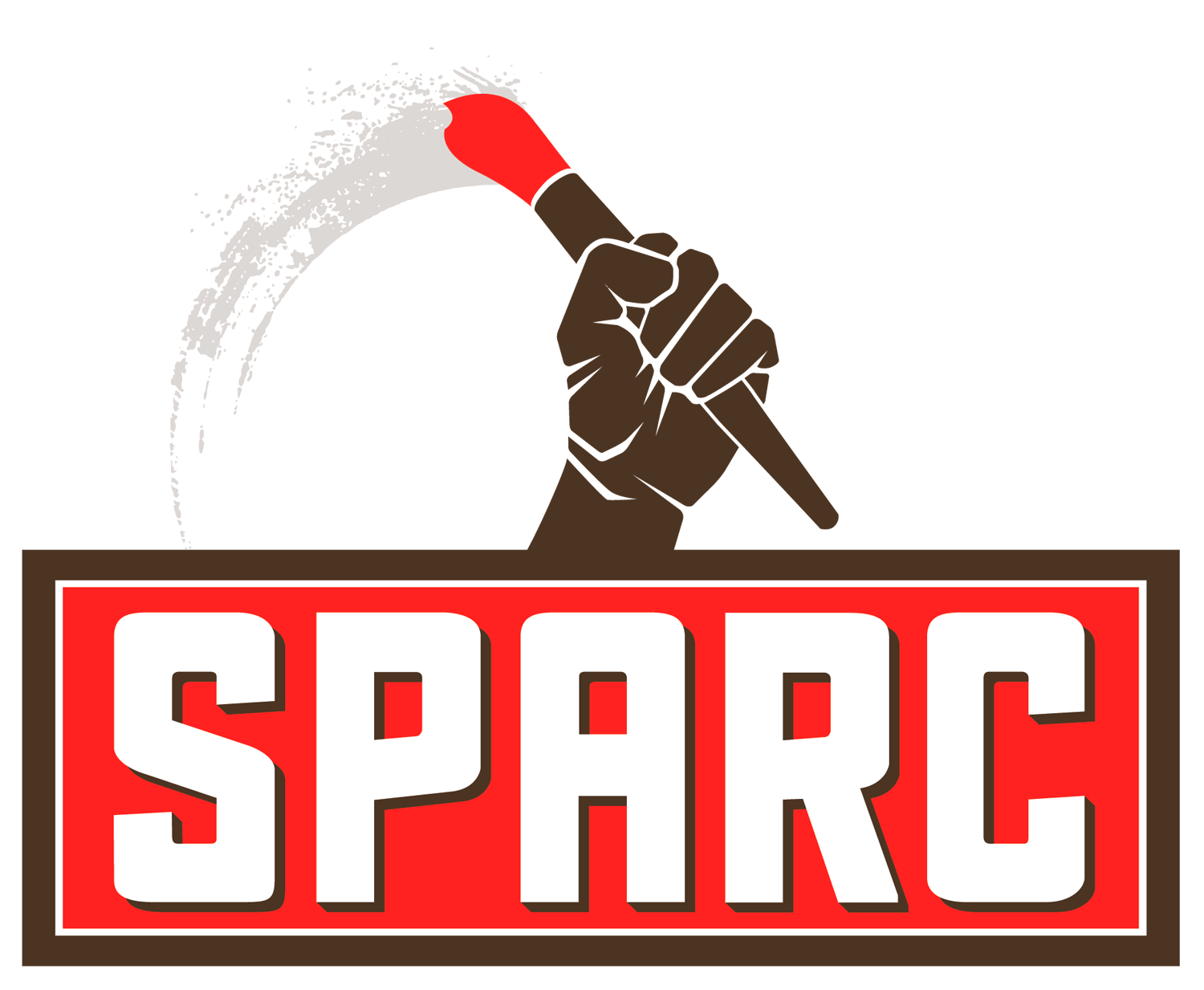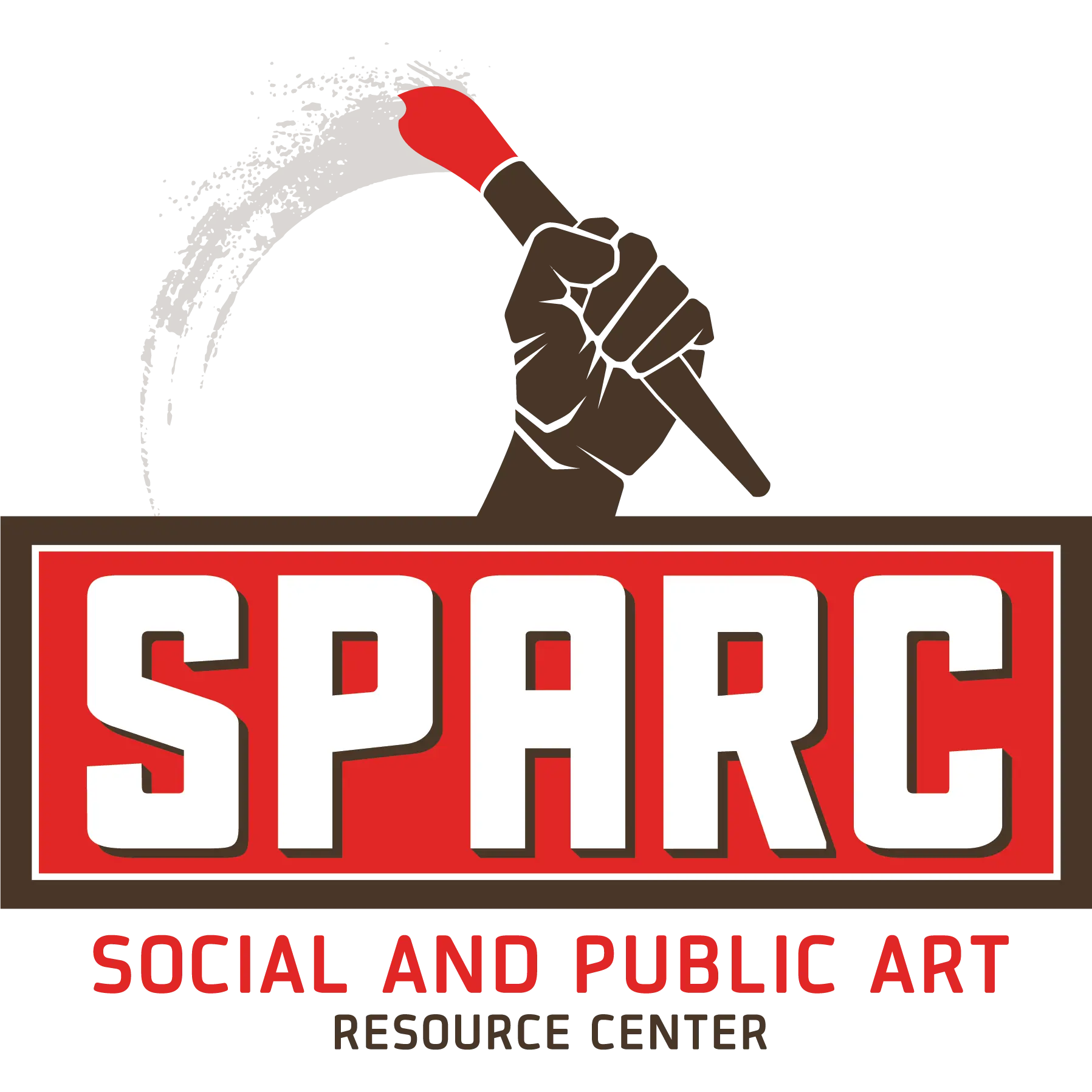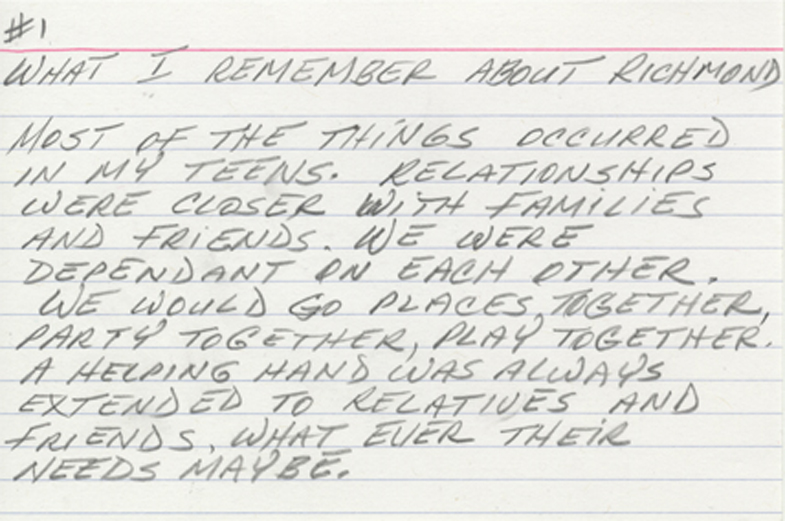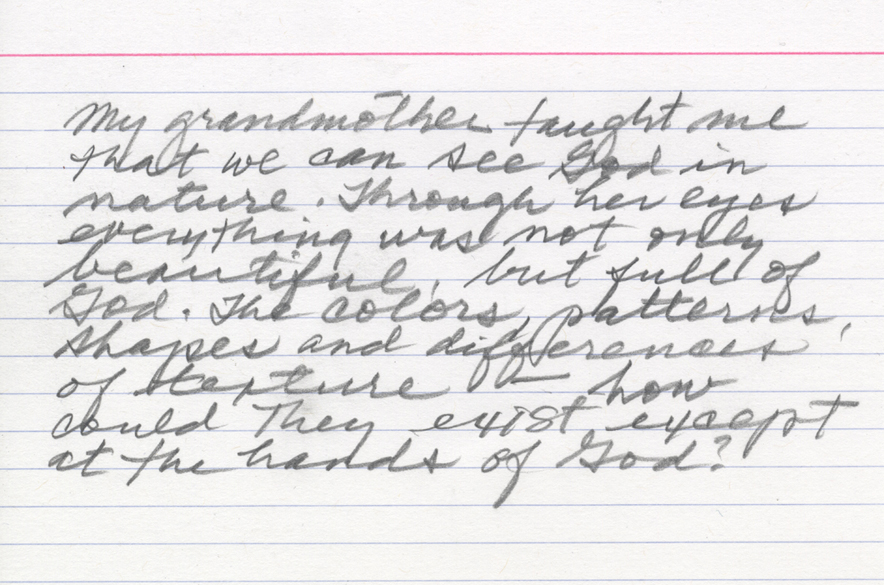The Richmond Mural History
Background and Historical Facts about Richmond
The city of Richmond is located 16 miles northeast of San Francisco, directly across San Francisco Bay. Richmond is on a peninsula separating San Francisco Bay (on the south) and San Pablo Bay (to the north), and the city has 32 total miles of shoreline. The city’s total area is 56.0 square miles, of which 33.7 are land area and 22.3 are water area. Richmond is situated near major metropolitan cities and major new growth areas. San Francisco is within 35 minutes from Richmond by freeway; Oakland is 20 minutes; San Jose is approximately one hour’s drive to the south; and Sacramento, the state capitol, is approximately 90 minutes to the east. The population within a 30-mile radius of Richmond is over 3.7 million, and within a 70-mile radius is approximately 7.8 million. Richmond is located on the western shore of Contra Costa County, and is the largest city in the “West County” region consisting of five cities: Richmond, El Cerrito, San Pablo, Hercules, and Pinole.
Historical Facts about Richmond
Ohlone Period
The earliest inhabitants of Richmond were the Ohlone Indians, who settled here an estimated 5,000 years ago. Distinct and separate groups lived a stable and peaceful existence, with a culture based on strong community ties, spiritualism, and rich artistic creativity. The Ohlone were hunters and gatherers that built extensive shellmounds along the Bay. Amid the coming of the Europeans, the Ohlone way of life gradually came to an end and was destroyed.
Early Industry (1895-1901)
In 1895, Augustin S. Macdonald visited Point Richmond and conceived the idea of a transcontinental rail terminal and ferry service to provide a direct route from Richmond to San Francisco. Macdonald presented his idea to the Santa Fe Railroad and in 1899 the railroad established its western terminus in Point Richmond. The first overland passenger train arrived in Richmond from Chicago in 1900. In 1901, Santa Fe moved its shops to Richmond and the Standard Oil Company built its refinery.
Industrial Growth 1900-1940
When Richmond incorporated as a city in 1905 it had a population of 2,150 and was already an established industrial town. The city charter was adopted in 1909, and by 1910 the town numbered 7,500. Within a few years the following substantial industries locate to Richmond: Winehaven, Pullman Palace Car Shops, American Radiator, Standard Sanitary Company, Stauffer Chemical Company, and several others less well known. Town sites began to emerge around these industries, as Rancho San Pablo’s vast grain fields were subdivided into uniform city lots.
As the City grew during the 1920s and 1930s, Richmond’s Downtown emerged as the City’s business and retail center. The elegant Carquinez Hotel (later renamed Hotel Don) opened its doors in 1925 and soon became the center of the City’s social and civic life. Construction of shipping port terminals began in this period. By 1907 harbor construction was being promoted and major dredging and terminal construction was authorized by bond issues in 1912 and 1920. Tideland filling as part of the harbor dredging in the 1920s made possible the opening of the Ford Motor Assembly Plant and the Felice and Perelli Cannery in 1931. The prohibition era forced the closing of Winehaven. The City’s population, meanwhile, had grown from 2,150 in 1905 to 23,600 in 1940.
World War II and the Shipyards (1940-1945)
The next chapter was by far the most dramatic and earth-shaking in Richmond’s history. World War II began, and the Kaiser Richmond Shipyards, one of the biggest wartime shipbuilding operations on the West Coast, sprang up on Richmond’s South Shoreline in January 1941. The result was explosive growth, large scale in-migration of workers, a “boomtown” atmosphere, and profound long-term effects on the City. The shipyards covered much of the vacant industrial land in the South Shoreline harbor area, requiring extensive additional tideland filling. Richmond’s population increased dramatically from 23,600 in 1940 to over 93,700 in 1943 as tens of thousands of new residents, White and Black, migrated from the economically depressed South and Southwest to work in the shipyards. Much of the new population was housed in temporary structures. Dormitories, demountable houses, and apartment buildings were built; more than 60,000 persons lived in public housing. Many “temporary” housing units remain today.
Postwar Adjustment (1945-1960)
At the end of the war, the shipyards closed in 1945 and a far-reaching readjustment began. Industrial production rapidly declined and the population decreased steadily from 101,500 persons in 1947 (a special census count) to 71,900 in 1960. A number of new industries moved in to occupy vacated shipyard structures. Among them were Kaiser Aircraft, Garwood, Butler, Southwest Welding, Pacific Vegetable Oil, United Heckathorn, and the first of the major warehousing operations, Ford Parts Depot and International Harvester. The Richmond Redevelopment Agency was formed in 1949 and undertook several redevelopment projects starting in the mid-1950s. Three of these were industrial projects (Harbor Gate, Galvin, and Terrace). The Harbor Gate Redevelopment Project cleared war housing in 1955, thereby providing sites for additional major warehouses such as Safeway and United Grocers. As new industries arrived, a number of old ones moved out. Ford moved to Milpitas in 1955 and the Pullman Shops closed in 1959. A strong growth in warehousing, distribution, and chemical and research facilities were evident among the post-war developments. Throughout this history Standard Oil, now called Chevron USA, and its subsidiaries, Chevron Chemical and (later) Chevron Research, have grown steadily and have remained the City’s major industry and employer, with the exception of the brief war-time shipbuilders.
Land annexations by the City between 1953 and 1957 to the east, north and northwest resulted in a geographically enlarged but barely contiguous city.
Richmond – 1960 to 1995
Four major developments since 1960 — Marina Bay, Hilltop Shopping Center, the new Knox Freeway, and the Richmond Parkway — have transformed Richmond’s geography as well as its economy. Starting in the mid-1970s the Harbour Redevelopment Project on the city’s South Shoreline led to the transformation of the old Inner Harbor Basin (the site of the wartime shipyards) into the Marina Bay development, a 350-acre master-planned waterfront community that will eventually comprise 2,100 residential units, 650,000 square feet of commercial space, several restaurants, a 1,500-berth pleasure boat marina, and a chain of lagoons, parks, and waterfront promenades. Opening in 1976, Hilltop Mall Regional Shopping Center had a major impact on Richmond’s economy and its old downtown area in particular. Hilltop is a 1.3 million square foot enclosed shopping center located in the northern corner of the City along Interstate 80. Richmond’s downtown business district began to decline in the early 1970s as its major retailers (Macy’s, J.C. Penney’s, Thrifty, and Woolworth’s) all either moved to Hilltop or closed their Richmond operations entirely. Another major event occurred in 1978 when the proposed Hoffman Freeway (now the Knox Freeway, Interstate 580) was designated a part of the Interstate freeway system, thereby ensuring its construction. Funding (90% Federal, 10% State) was attained in late 1982, crowning more than 25 years of efforts. Construction began in 1985 and was mostly completed by the end of 1991. The new freeway passes across Richmond’s South Shoreline and connects Interstate 80 with the Richmond-San Rafael Bridge. The freeway provided seven new interchanges along the South Shoreline, and has made it a very attractive corridor for new high-tech industrial, business park, and commercial development. The fourth major development transforming Richmond has been the construction of the Richmond Parkway, which began around 1990 and is still in progress. A “drivable route” along all sections of the Parkway was achieved by the end of 1994. The Parkway is a 7 1/2-mile, four lane scenic expressway providing a speedy link between the northern edge of Richmond (Interstate 80 at Hilltop) and the City’s southwest corner (the new I-580 freeway and the Richmond-San Rafael Bridge). The Parkway has fostered development of a large industrially zoned area in northwest Richmond that has historically remained largely underdeveloped, due to poor access.
Population Changes 1960-1995
The City’s population remained within the 71,000 – 79,000 range from 1960 to 1987, with little new development until the early 1980s. Between 1987 and 1995, however, Richmond’s population grew steadily from 78,900 in 1987 to 93,000 in 1995. This dramatic increase was due primarily to the large number of new homes that were built in the El Sobrante, Hilltop, Brickyard Cove, Marina Bay, and City Center/Downtown areas during that period. The high rate of new housing construction, however, dropped off sharply beginning in 1992.
Ethnic Composition
Two dramatic demographic changes occurred in Richmond’s population between 1980 and 1990. First, the Asian and Pacific Islander population increased by almost 3 times, from 3,600 persons in 1980 (4.9% of the city’s total population) to 10,300 in 1990 (12% of the city total). Second, persons of Hispanic Origin increased by almost 5,000 in this 10-year period — from 7,700 persons in 1980 (10.3% of the city’s total population) to 12,700 (14.5% of the total). In the latest census (1990) Richmond’s population was 44% Black, 36% White, 0.5% American Indian or Eskimo, 12% Asian & Pacific Islander, and 7.5% “Other.”
Richmond Today
Richmond covers 56 square miles and has a population estimated at 103,468 (source: CA State Dept. of Finance as of January 1, 2006). Richmond’s economy is currently undergoing a major transition from its former heavy industrial character toward more high technology (“high tech”) and light industrial companies with new business parks accommodating light industrial and “office/flex” land uses. Biotechnology, in particular, has developed as an important new “niche” in Richmond’s growing economy. At the same time, the City’s major manufacturers such as Chevron and Zeneca (formerly Stauffer Chemical) have continued to upgrade their Richmond facilities, making major investments to modernize and expand their facilities. Richmond is a growing maritime, industrial and residential community with a thriving and changing economy, a dynamic business environment, and a strong potential for further growth.[/accordion][accordion title=”Image Archive of The Richmond Mural”]
Judy Baca and the SPARC team invited local residents to share what they felt was significant about their ancestry. Baca wanted to know the events that shaped Richmond, and how their family had contributed to shaping the city today. They asked them to bring a family photograph that showed their ancestry in Richmond or a home before they or their family arrived in Richmond.
Mural Site Images
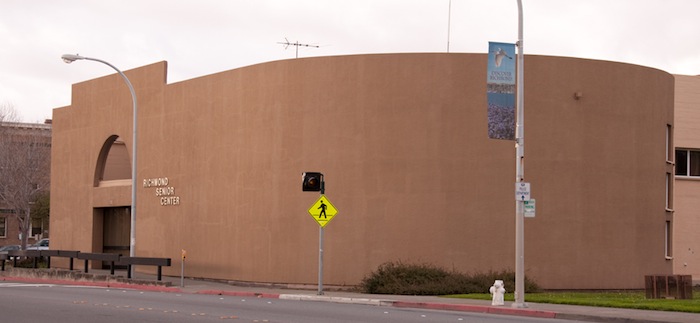
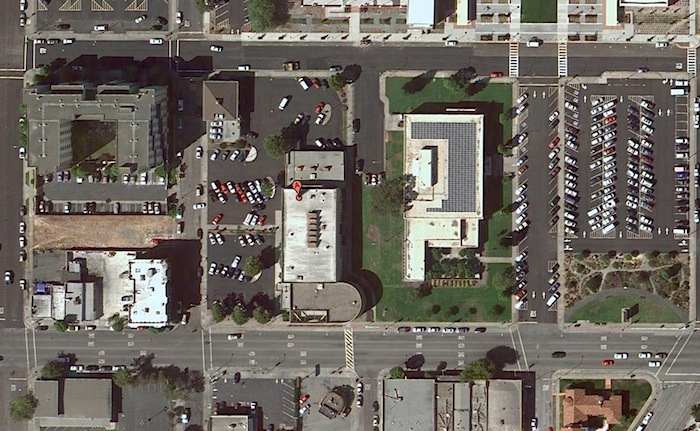
Note Cards
Richmond Workshop
Judy Baca and her team assembled a workshop where they asked Richmond residents to describe their memories of Richmond. This is a transcript of their words.
